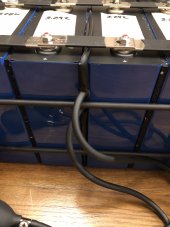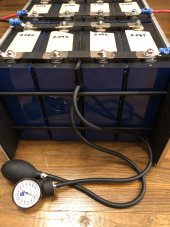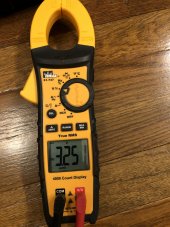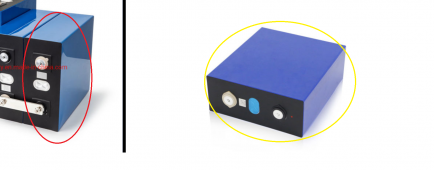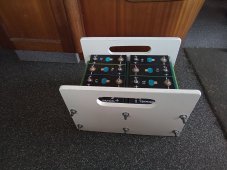Short_Shot
Solar Addict
- Joined
- Jul 13, 2021
- Messages
- 1,823
Not necessary. In fact that would be bad.I like the look/sound of that but, my understanding was that there was also a desire to have some air movement between the cells, whether for cooling or for heat transfer from heating pads in extreme cold.
Heating pads can just be stuck to the bottom or sides.
Last edited:






